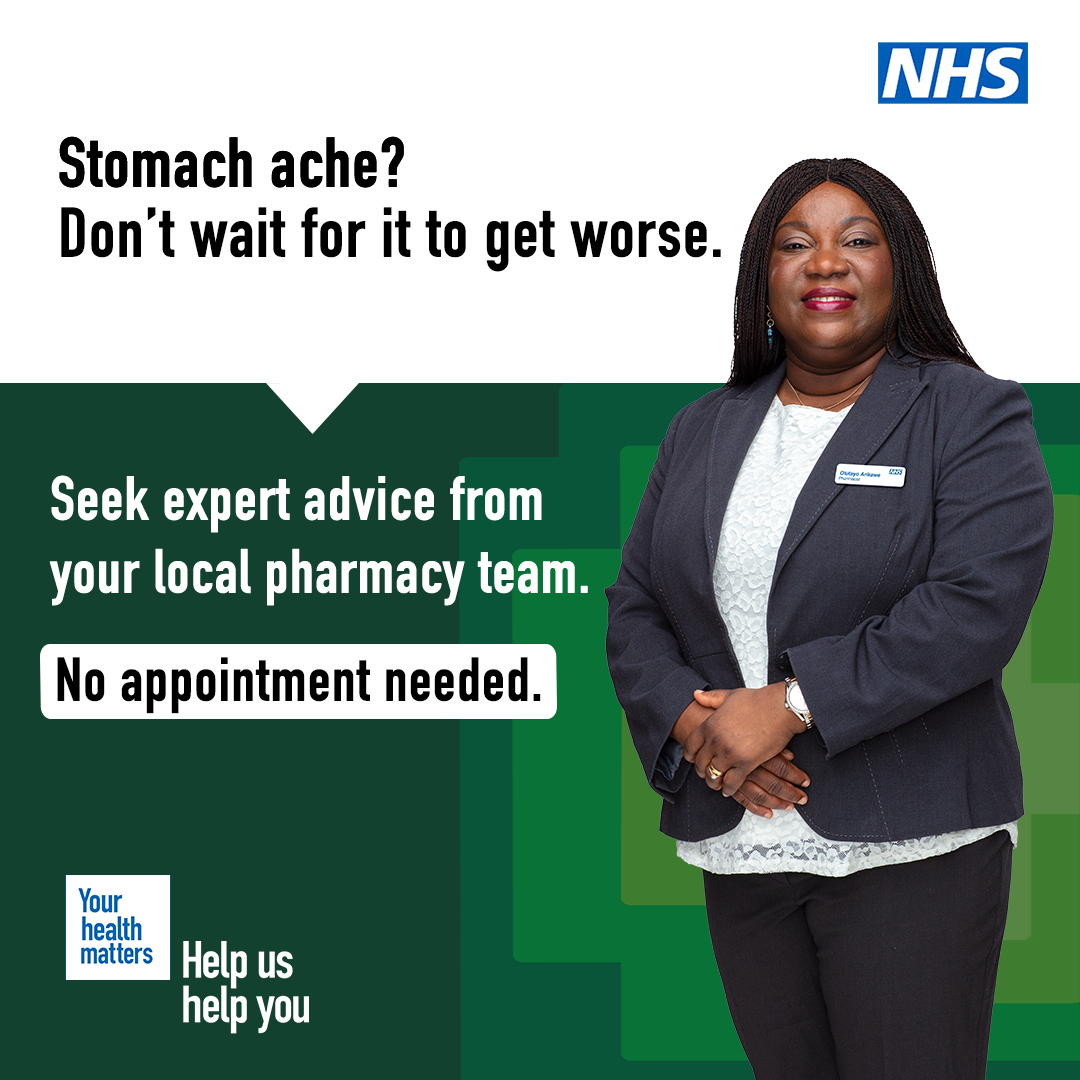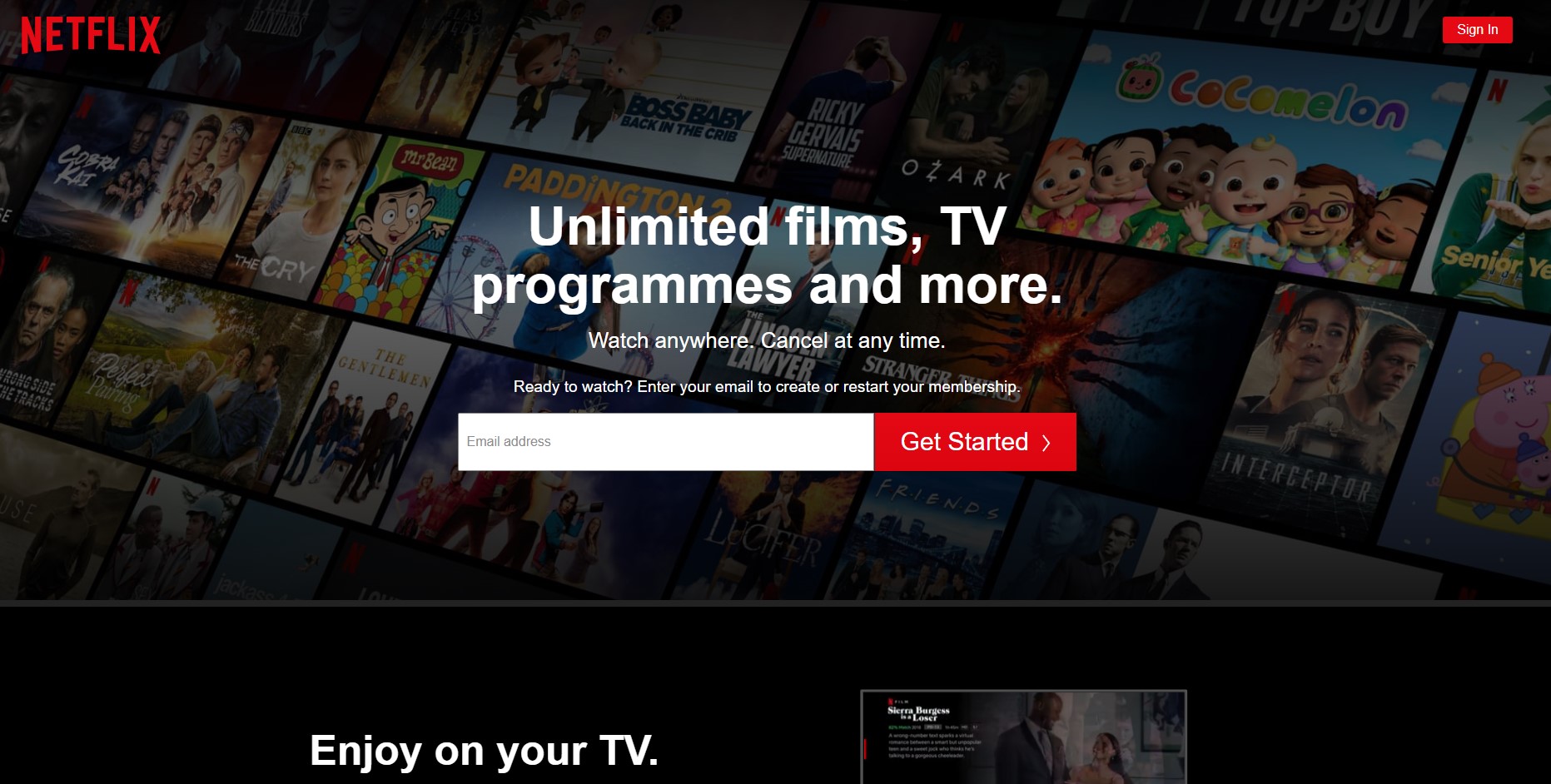3 ways behavioural science can help ease NHS pressures
Jun 13, 2022The sun is shining but it’s winter already in the NHS.
The traditional seasonal pressures faced by the NHS are now all year around.
This isn’t news but it’s worsening.
This quote from Siva Anandaciva, Chief Analyst at The King’s Fund captures the depth of the pressures:
‘Long waits for emergency care, previously only seen in the depths of winter, are now commonplace. In April, more than 24,000 people waited more than 12 hours to be admitted to hospital from A&E – a more than 45-fold increase compared to a year ago.” April 2022
The NHS is dealing with a backlog of pressures ranging from illnesses exacerbated by the COVID lockdown, increases in cancer wait times, a primary care system overrun with demand and all being delivered by an exhausted workforce that has delivered care tirelessly and not without great cost. A workforce to whom we once stood on the doorsteps to clap, with a mixture of fear and gratitude in our hearts.
And still, the NHS keeps on standing, caring for our most vulnerable, our friends and our families.
And the seasonal pressures are yet to come.
What can marketing and communications do to ease these pressures and where does behavioural science fit?
We’ve got three top tips to get started.
Tip one. Don’t talk to your patients
Okay yes, that’s just a hook to keep you reading.
I first started NHS communications twenty years ago and even then we were running the Right Choices campaign urging people to make the right choice when they needed to access healthcare. The campaign has changed a few times since then but the science hasn’t.
When we are in a state of emergency behavioural science tells us that our evolutionary survival defaults and social norms will kick in. This is called System 1 and it is where our subconscious will drive our default decisions. And in our society, for so long our default norm, when faced with a medical emergency, has been to contact 999 or go to the Accident & Emergency department.
So the question is - can we reset that social norm?
Can we influence people to reset their automatic choices so that when with they need to make a health service decision they choose the best service for their needs and not automatically A&E?This means we need to communicate with patients outside of health settings - in other words - not only as patients but as people going about their everyday lives.
Public Health prevention messaging has always been upstream and now with the emergence of the newly formed Integrated Care Services, there is the opportunity for NHS health messaging to shift beyond the patient and talk to people.
Example - Help Us Help You NHS England Campaign

Help Us Help You is a good example of upstream messaging. Originally developed in partnership with Public Health England it aims to reach every part of the NHS system, every patient touch-point as well as the people in their everyday lives. A huge part of the campaign is consumer marketing and advertising to reach people in their homes.
The campaign activates the behavioural bias ‘reciprocity’. This means it asks people to help not only themselves but to take action and reciprocate the care NHS has been offering for generations.
I’m proud to have spent many years supporting the campaigns at local level and nationally as part of the Public Health England team but is it upstream enough?
Example - Listen to your gut – upstream public health prevention

Listen to your gut was a highly effective local low-budget campaign that won an award from Public Health England for community engagement. What started off as a campaign to tackle the overuse of antibiotics ended in a campaign to empower and upskill new mums in how to look after their babies in that first year.
Taking the time to understand the challenge pushed the answer way upstream to a point where advertising barely even mentioned antibiotics.
The behavioural goal was to help mums understand how to care for their little ones when they are forever catching colds and viruses.
(A secondary behavioural goal was to help GPs stop overprescribing to anxious parents expecting antibiotics.)
The insight showed a huge gap in postnatal care and the knock-on effects included increased pressure in primary care and increased antibiotic prescribing.
To reduce the pressure on the frontline, the intervention and messaging sat way upstream.
Integrated Care Services - a system-wide approach that spans up and downstream
With the advent of Integrated Care Services, there is the opportunity to capitalise on a system-wide approach to marketing. One where the insight and understanding needed to effect change is considered an essential part of the process. This has been successfully done at NHS Devon and we explore it in our latest podcast – Behaviour Change Marketing Bootcamp Podcast E27 where the team share strategic and tactical application of behavioural science as a system-wide team.
“working as one team with one plan that we all contribute to has been definitely something that we’ve continued to grow and seen massive success from” Nicola Bonas, Associate director of communications, involvement and inclusion.
Tip two. Remove all uncertainty

Uncertainty is a decision killer. If your audience is not certain of a positive outcome they will hesitate and default to the decision that they feel they will lose less from. This is a combination of the loss aversion bias (our fear of losing out is greater than our desire to gain) and the status quo bias (we’ll stick with what we know).
Netflix know this. Netflix are the kings at behavioural based design and they expertly reduce uncertainty.
‘Watch anywhere. Cancel at any time’
The home page copy communicates a clear benefit supported with sharp concise copy addressing a sign-up barrier. Our deep fears of being scammed and losing money due to being unable to escape an unwanted subscription.
In 2002 and 2011 respectively, I ran behavioural insight deep dives into why people chose A&E. One particular insight that always stuck with me was one from the emergency care nurses.
In our interviews they were clear.
People are uncertain how to self-diagnose or diagnose a loved one and the fear of getting that wrong or worsening an illness or injury is great. What people may diagnose as an emergency can be very different to a medical definition.
This uncertainty means people will reach out to those they feel are most qualified to help them.
Could this be your superpower?
As healthcare communicators, you have access to the experts to help reduce uncertainty and fear.
It’s our job to ensure the messaging addresses the uncertainty and it’s a welcome shift from simply telling people what they should be doing to empathising and supporting the change.
But of course, this does mean you need to know your audience's reasons for uncertainty.
Tip Three Use social proof to remove uncertainty
When we are uncertain we look around for social proof. Remember COVID and all the changes we had to process. It’s no wonder that the phrase cognitive fatigue was so popular. From geographical changes, to understanding the rules around your elderly parents, to schools, and it was for ever changing.
What did you do when you entered a shop?
I looked around to see what everyone was else doing. My need to be part of the group, to feel safe is an illustration of the bandwagon effect or commonly called the ‘herding bias’. It is closely related to the social norms bias an element of behavioural science that feels so natural to us all.
We want to be part of the group and we will look for social proof for that means.
Fitting in was once essential to our survival and our evolutionary code can still demand that of us.
That’s why social proof, case studies, testimonials and stories are so important.
But what are they about?
As communicators we will use them all the time, and you’ll hopefully think...."Yep I’ve got this one nailed but now you know why they are so important from a behaviuoral science perspective."
Look! You've been using behavioural science all this time and you didn’t even know it!
But one last pro-tip on social norms to end with:
Don’t forget to focus on the solution – not the problem.
Ensure the social proof your are offering is building the new social norm not simply highlighting the problem behaviour.
That’s called negative social proof and it’s an easy trap to fall into too. I know I still do.
Start here ➡️Get to know your audience
We hope these tips have helped you get started in a simple and effective way.
Hopefully, you have started to see the common thread that runs through these tips.
The need to understand your audience.
You simply can't effect change if you don't.
Perfect for internal communications and public health campaigns
There are easy ways to get started.
We would love you to join our growing community of curious communicators applying behavioural science.
Our Behaviour Change Marketing Bootcamps teach you how to use free tools to kickstart your application of behavioural science including Systems Thinking, Behavioural Biases, COM_B, E.A.S.T and free tools to deeply understand your audience without a massive market research budget. Plus brilliant copywriting tips!
We run Bootcamp LIves throughout the year and Team Bootcamps.
Next dates
Wednesday 6th July - NHS pressures
It seems fitting to end with some social proof from us too!
Sending positive brainwaves your way!
“A really fun, interactive, and informative day which provided a wealth of information in a short space of time. Well worth making space in your diary for this course. Sarah, Head of Communications NHS
A really interesting course for anyone who is either at the start of their comms career, or is looking to build upon their knowledge and practice. Ruth was down to earth, friendly and extremely knowledgeable, without being intimidating. Laura, Head of Communications & Engagement, NHS

